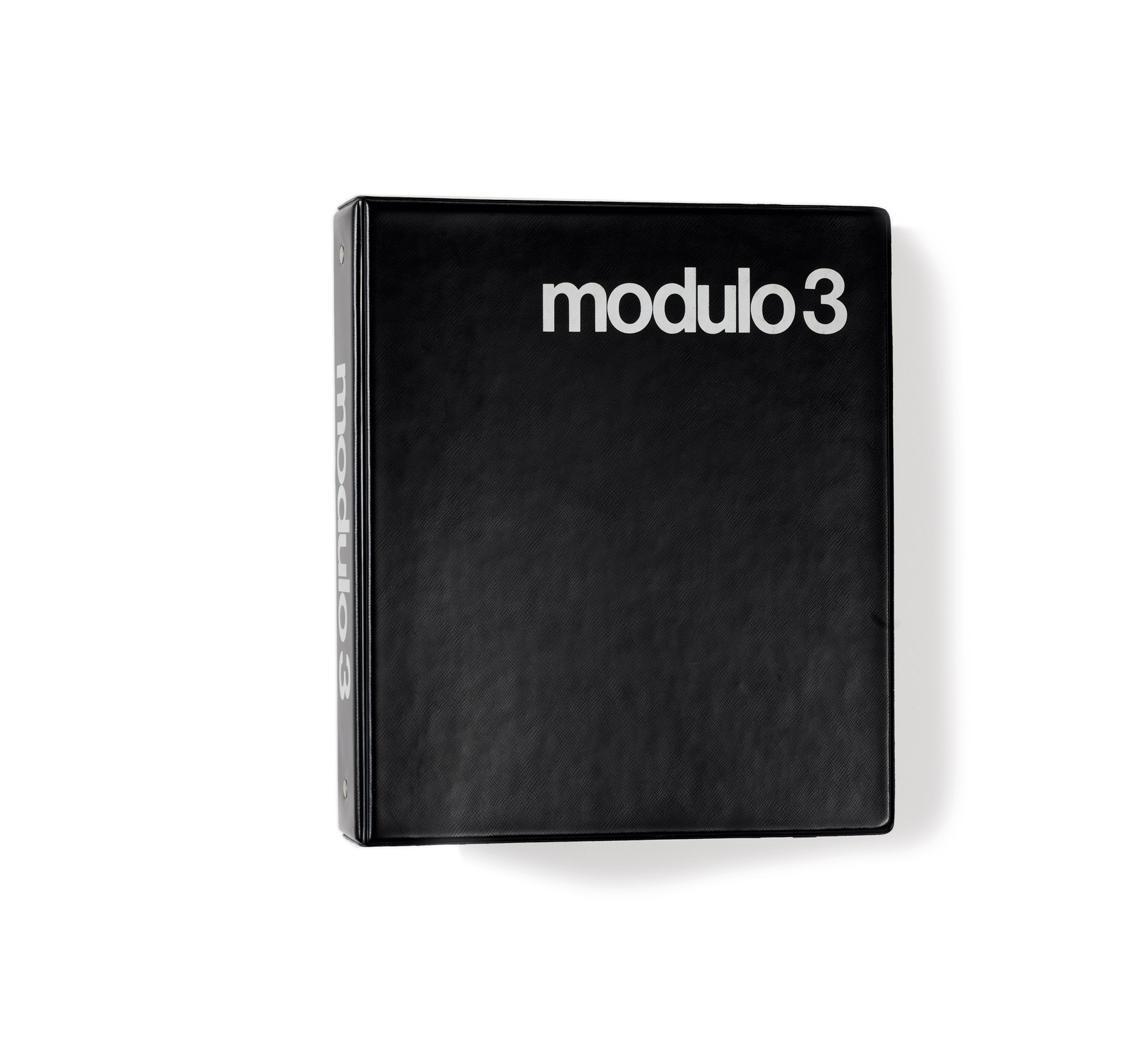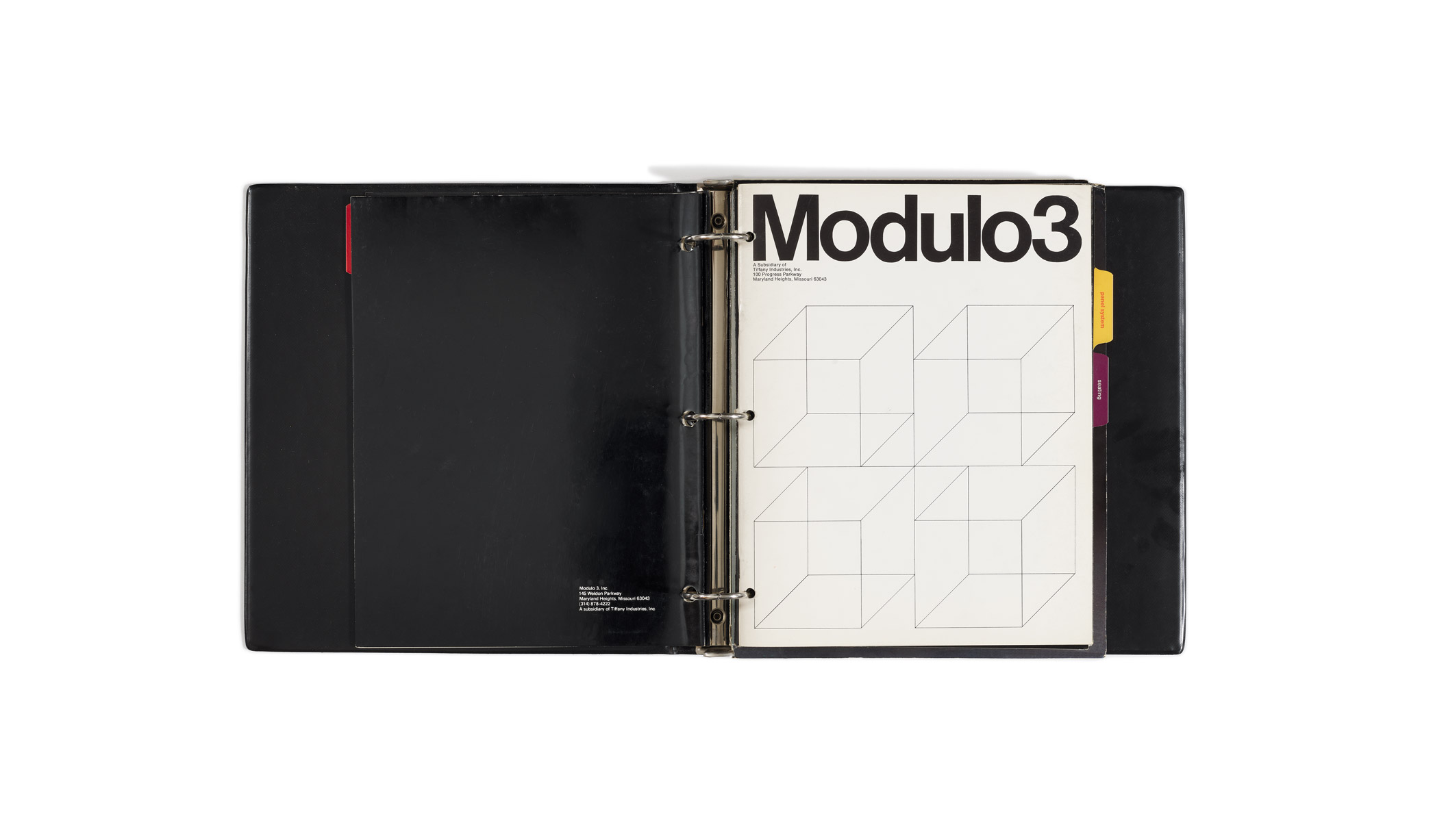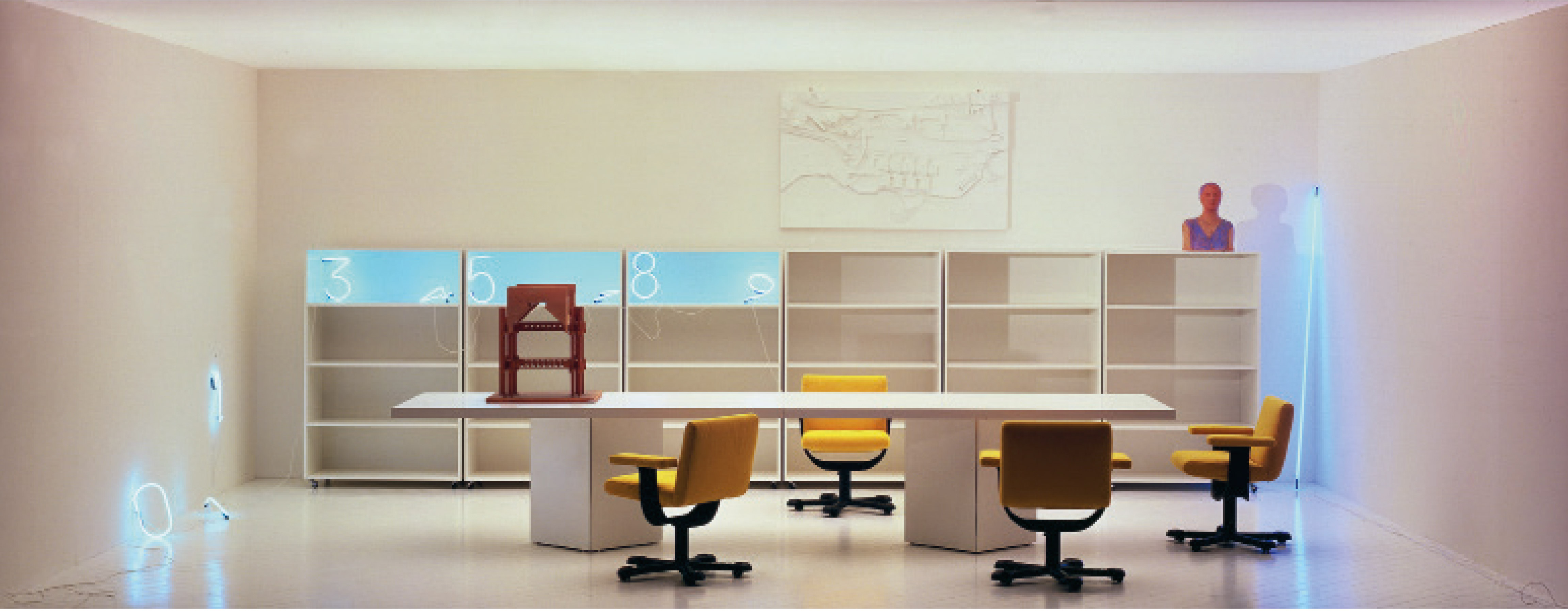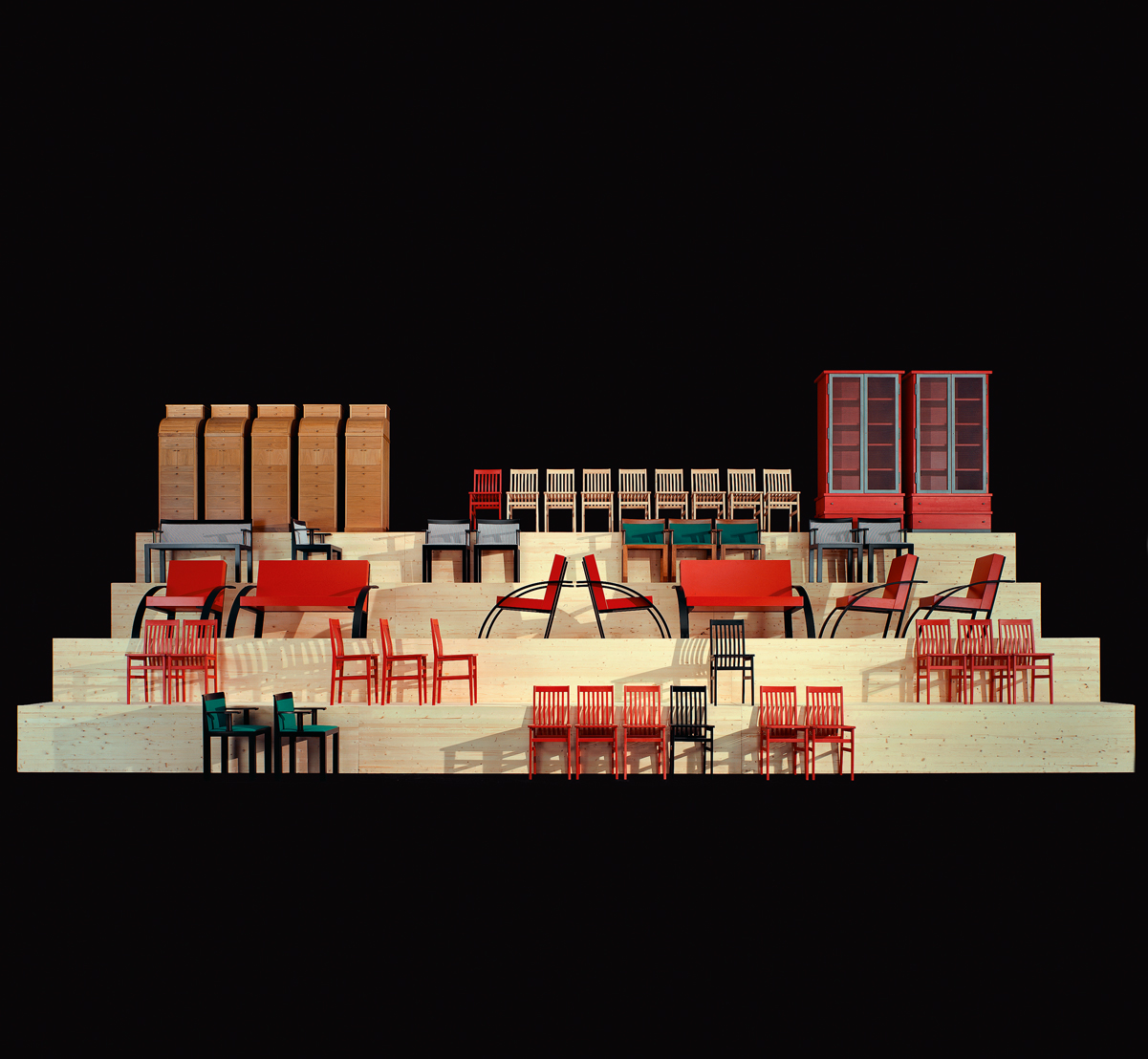Search for articles, topics or more
browse by topics

Search for articles, topics or more

Concentrating on winning the race, the runner looks straight ahead: they care only about the finish line, not the starting point.

The reporter has a different point of view. Sitting in the stands, they give an account of the event and then, at the end of the race, they comment on the performance, reconstructing the wait, the sprint, the speed, and the duration.
Like a runner, a captain of industry rarely thinks about the past, except perhaps as a reference to do better in the future. At the beginning, their entrepreneurial story is always simultaneous – a continuous obstacle course, interspersed with technical pauses and training sessions.
hat counts is the quality of new ideas, their ability to break records. Thus they always imagine themself in motion, as if stopping to remember things would only be a waste of time, or perhaps even an act of reprehensible vanity.
 Studio Cerri & Associati, UniFor stand, Orgatec 2010, Cologne.
Studio Cerri & Associati, UniFor stand, Orgatec 2010, Cologne.
This is the work ethic that translates, in the sort of open-air factory that is the Brianza design district, into gruff reluctance on the part of those who are convinced that they have only done their duty, that they have done nothing more than obey a rule – an unwritten rule that has been practiced in industrious silence by generations of employers and workers, together in the operose environment – maybe more mystical than legendary – that is the industrial shed.
 Historical catalogue for the Modulo3 system.
Historical catalogue for the Modulo3 system.
 Historical catalogue for the Modulo3 system.
Historical catalogue for the Modulo3 system.
 The Modulo3 system, designed by Bob Noorda and Franco Mirenzi, photographed in the early 1980s for the new UniFor corporate identity, curated by Pierluigi Cerri.
The Modulo3 system, designed by Bob Noorda and Franco Mirenzi, photographed in the early 1980s for the new UniFor corporate identity, curated by Pierluigi Cerri.
In this sense, the history of UniFor, which is celebrating its first fifty years in 2019, is the same success story shared by many design companies that have built the “Made in Italy” legend. However, with one special difference – that calling to architecture which makes it, at the same time, quite idiosyncratic and out of the ordinary

At La Valltorta gorge in Valencia, Spain, there are figures of humans and animals that were painted onto the rock face by our prehistoric ancestors many thousands of years ago.
Herzog & de Meuron for UniFor in Milan
The designers looking to Ancient Rome for modern relevance
Thanks for your registration.